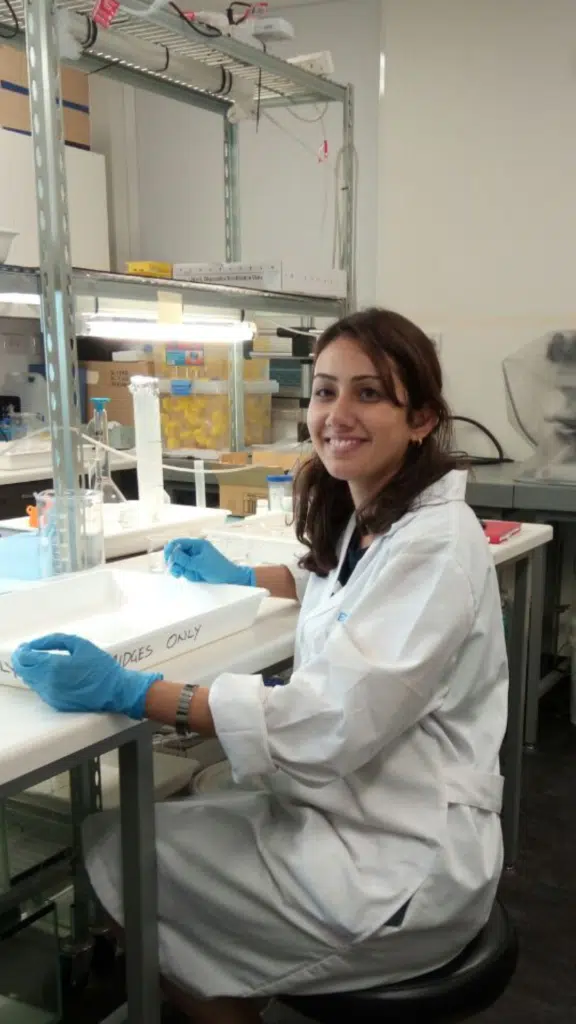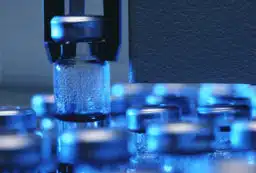Despite advanced treatment of our wastewater and sewage, microplastics are still being released into the ocean, according to researchers from Griffith University.
Microplastics are plastics measuring less than 1mm.
“They are widespread pollutants contaminating our oceans and affecting our marine animals,” says Dr Shima Ziajahromi from Griffith University.
Wastewater treatment plants have been identified as an important source of microplastics, especially fibres released from washing synthetic clothes, and tiny beads from personal care products.
To-date there has not been a standard method for detecting microplastics, especially in wastewater.
“I have developed a new method for sampling of microplastics in wastewater on site, which can sample 1000s of litres in one go,” Dr Ziajahromi says.
“Then I developed a laboratory process for minimising the false detection of plastics, which is also a problem.”
Dr Ziajahromi has applied her methods to three wastewater treatments plants in Sydney that use primary, secondary and tertiary treatment processes.
“I found that large concentrations of microplastics are being released into our waterways on a daily basis, especially polyester fibres from clothes,” Dr Ziajahromi says.
“My research will help treatment plants develop technologies to remove these microplastics more effectively.”





 Fresh Science is on hold for 2022. We will be back in 2023.
Fresh Science is on hold for 2022. We will be back in 2023.